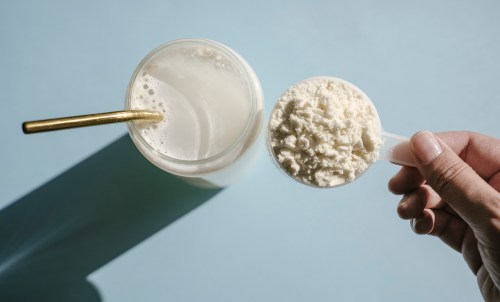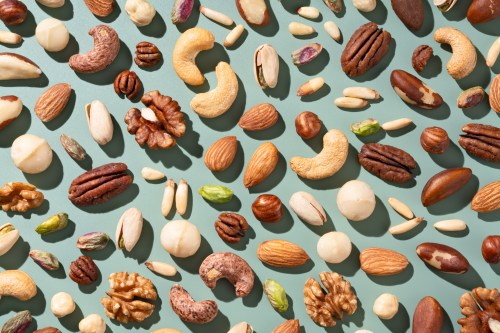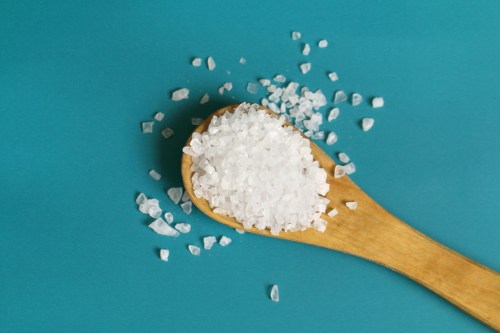Variety is the spice of life—especially when it comes to the vegetable crisper. That’s because “lumping all leafy greens together in terms of taste and nutrition is a mistake,” says Mascha Davis, RDN, a Los Angeles-based nutritionist and spokesperson for the Academy of Nutrition and Dietetics.
And while it’s impossible to declare one leafy green the queen of all others—each has its own texture and flavor profile, plus healthy perks—there are certain scenarios where one leaps ahead. So, what is a leafy-green lover to do? “My best advice is to rotate and have variety in your diet, so you can enjoy all of their benefits,” says Davis.
Keep reading to see which green you should reach for if you need an energy boost, to detox, and more.
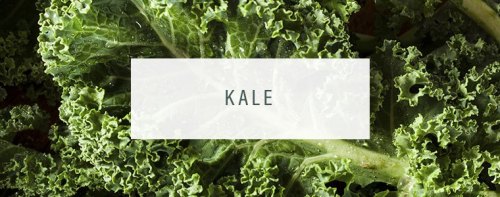
Best for eye-health
Kale blows past other leafy greens when it comes to lutein, a potent antioxidant that’s been shown to protect eyesight. Many people don’t get ample amounts of this necessary nutrient in their diet, which is alarming because the human body doesn’t produce enough on its own to keep retina cells healthy. Research shows that consuming 10 mg of lutein a day can help prevent cataracts and age-related macular degeneration. Just one cup of cooked kale contains 23.8 mg of lutein.
Bonus: Kale belongs in the cruciferous vegetable family (along with bok choy, cabbage, and broccoli). These veggies contain the phytonutrient kaempferol, which research suggests may have cancer-fighting properties.
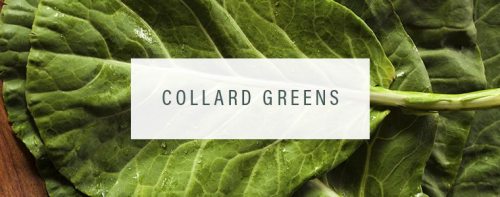
Best for fiber
Fiber not only makes you feel full longer, but is a gut-health rockstar. The Dietary Guidelines for Americans recommends 22 to 28 grams of fiber a day for women—though most of us don’t get nearly enough. Collard greens are one of the most fiber-packed greens, with 8 grams per cooked cup. (That’s more than three times the amount in kale and double swiss chard!)
Bonus: Collards pack a payload of vitamins, including vitamin K for blood clotting and bone health and vitamin C for a healthy immune system. And because their texture is so sturdy, you can get creative with them in the kitchen. “Sometimes I’ll make a wrap using collard greens instead of a tortilla,” says Davis. “It’s such an easy way to get in more greens.”
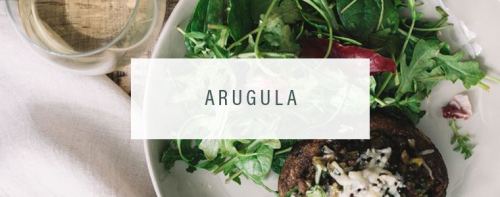
Best for endurance
Also known as rocket, arugula has one of the highest levels of natural nitrates of any leafy green, which can help to increase blood flow and athletic endurance. In a study published in the journal Sports Medicine, participants who drank a nitrate-rich juice before working out had both greater power and performance than those in the placebo group.
Bonus: ISaudi Arabian researchers have shown the peppery green may prevent ulcers.
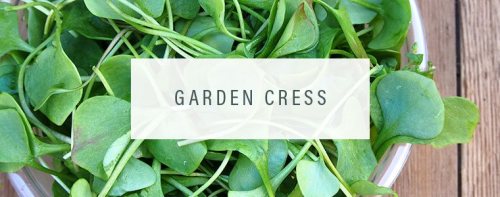
Best for detoxing
“Glucosinolates” may not roll off the tongue, but these powerful compounds boost production of detoxifying enzymes that keep your cells clear of free-radical damage (basically, when rogue molecules attack your cells). Garden cress, which has a sharp, peppery flavor, leads the pack of leafy greens when it comes to glucosinolate. But if it’s hard to find this not-so-common garden vegetable at the grocery store, reach for mustard greens instead. One half-cup serving delivers 79 mg of glucosinolates (compared to garden cress’ 98)—more than cauliflower, broccoli, and red cabbage combined.
Bonus: Sautéed mustard greens may be a secret cholesterol killer during digestion. In a recent study, mustard greens and kale both outperformed cabbage, broccoli, and green papers when it came to binding with cholesterol and carrying the artery-clogging compound out of the body. Keep in mind that boiled, steamed, or raw mustard greens weren’t as effective as the sautéed version.
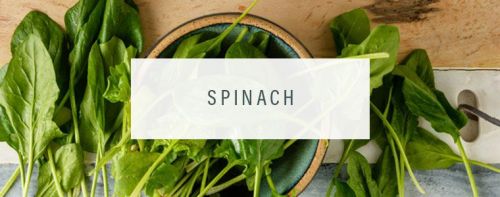
Best for sneaking in greens
Leafy greens ain’t your thing? No shame. But spinach is the easiest way to feed your health, minus the punch of arugula or the crazy hearty texture of kale. “Spinach is so versatile and mild, you can’t even taste it,” says Davis. She recommends tossing a handful into your morning smoothie or omelet, layering it onto a sandwich, or stirring it into soups, pasta, and stir fry. “Instead of plating a big pile of pasta, I’ll start with spinach then put the pasta on top,” she says. “You get less pasta and all the health perks of spinach, without really changing the flavor of the dish.”
Bonus: Spinach is a folate all-star, which may help protect against breast cancer in certain situations. And it’s a rich source of potassium, which is key for muscle activity and to keep your blood pressure in a healthy range.
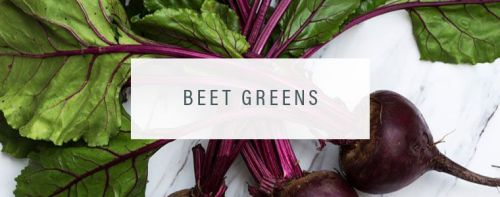
Best for energy
Too little iron in your diet could leave you feeling sluggish, foggy, and distracted. And while omnivorous women get most of their iron from meat, beet greens are a surprising source as well (they are literally the chopped-off green tops of beets). Just one cup supplied about 5 percent of the iron needed in a recommended daily quota. “Beet greens are so nutritionally fantastic and high in iron that I suggest them to all of my female clients,” says Davis.
Bonus: A cup of beet greens a day keeps the Midol away? Maybe. In a study in the American Journal of Clinical Nutrition, researchers followed the diets of more than 3,000 women over the course of a decade. Those that ate the most vitamins B1 and B2 reported having the least PMS symptoms. And cooked beet greens are a yummy source of both of these cramp-killing vitamins.
Now that you’ve got a handle on your veggies, which milk reigns supreme? And which nut better is healthiest for you?
Sign Up for Our Daily Newsletter
Get all the latest in wellness, trends, food, fitness, beauty, and more delivered right to your inbox.
Got it, you've been added to our email list.

